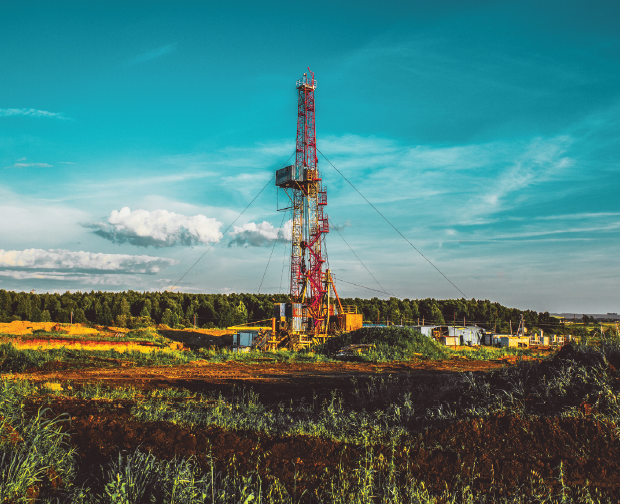
Wyoming’s Converse County received a late December Christmas present when the Bureau of Land Management (BLM) approved the development of 5,000 oil and gas wells in the Powder River Basin. Anticipating the Biden inauguration, there was a big push to ink the deal that finally came to fruition after the completion of a seven year environmental analysis.
Project specifics
- 5,000 wells
- 1,500 well pads (each large enough to accommodate up to 16 individual wells)
- New infrastructure encompassing hundreds of miles of gas and water pipelines
- Electrical lines
- Roads
- 10 year duration
Positive note
With the recent ax of the KeystoneXL pipeline project, the addition of 8,000 jobs that this BLM approved project will bestow upon the industry is an exciting prospect. Equally, the $18 to $28 billion of federal revenue brings a smile to Uncle Sam’s face.
Current results have proven quite favorable with a Chesapeake well flowing 3,000 barrels of oil equivalent per day (boepd). Between 2017 and 2018, Wall Creek-Turner wells turned heads with their production of one third of Powder River Basin’s oil and a quarter of its gas.
Although the Powder River Basin is a smaller area and unlikely to produce 1-million of barrels of oil per day like the Bakken and the Delaware Basin, this new project would add to the goal of the United States being self-sufficient in oil production. Additionally, it could provide energy security as the transition to renewables by 2050 takes place.
The down side
The most ominous risk to the new 5,000 well project is the Biden administration. With no love loss for the oil and gas industry, political threat is to be taken seriously. Now that the BLM operates under the new political direction, various aspects of federal opposition may be enacted including a leasing moratorium and a drilling ban.
In addition to political concern, other risk factors must be considered. Shale technology could falter. Equally concerning, environmental stress can be anticipated. As operator groups are in a full court press to develop Converse County, equipment and construction will populate the days and nights. This could pressure wildlife development of the hawk and sage-grouse population and ultimately lead to a debate between the industry and environmentalists.
Attempting to get out in front of potential environmental concerns, EOG being the principal operator of the group has participated in studies that observed raptor territories and nesting sites. This could allow buffer installations to provide protection from rig activities. No matter the outcome of the environmental impact statement, the company said it is committed to responsible management of wildlife concerns.
Another project risk is the water needs for as many as 40 separate fracking operations per well. In the case of this proposal, water from local aquifers will supply roughly 50 wells. Providing prospective, for the proposed 5,000 wells, 5,000 football stadiums blanketed with 40 feet of water in the playable area would be needed for the fracking operations alone.
Additionally, produced water poses its own concerns. The current proposal stipulates the development of 30 new disposal wells as they are the most cost effective way of remediating this salt water. The potential introduction of earthquakes is concerning as several cases have been documented in Oklahoma and other states in the western area of the country.
The proposal stipulates that operators “would consider recycling and re-use of flowback and produced water in the project area.” This could prove the more viable solution as this recycling would reduce the dependency on huge volumes of fresh water for drilling and fracking operations.
Tribal Opposition
More than a dozen tribes have ties to the southern Powder River Basin. Rivers within the area paired with cultural resources and sacred sites serve as an important resource for the Oglala Sioux Tribe and others in the Sioux Nation. Showing concern and respect for the land, the tribe addressed project studies and concluded that they were deficient.
Looking ahead
With the potential of various obstacles lying ahead, the Powder River Basin project stands to experience scrutiny. Operators will need to exhibit extraordinary measures to protect the land and the wildlife that resides on it. Although this could potentially keep environmental concerns to a minimum, the federal government as well as the Tribal Nation will probably script another story.
Nick Vaccaro is a freelance writer and photographer. Besides providing technical writing services, he is an HSE consultant in the oil and gas industry with eight years of experience. He also contributes to Louisiana Sportsman Magazine and follows and photographs American Kennel Club field and herding trials. Nick has a BA in Photojournalism from Loyola University and resides in the New Orleans area. 210-240-7188 [email protected]














